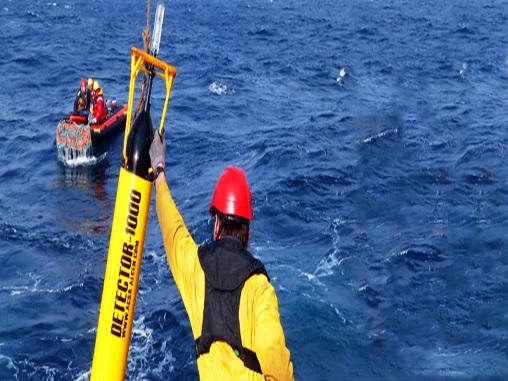2016 was the second-safest year in aviation history, according to preliminary data from the Aviation Safety Network (ASN). The ASN database covers fatal accidents involving civil aircraft with a minimum capacity of 14 passengers. It draws on information from official sources, such as ICAO, NTSB, etc.
Over the year, ASN recorded a total of 19 fatal airliner accidents, resulting in 325 fatalities. This makes 2016 the second safest year ever, both by number of fatal accidents as well as in terms of fatalities. In 2015 ASN recorded 16 accidents while in 2013 a total of 265 lives were lost.
Eleven accidents involved passenger flights. Given the expected worldwide air traffic of about 35,000,000 flights, the accident rate is one fatal passenger flight accident per 3,200,000 flights. The number of accidents extends the overall downward trend since 1997.
The worst accident last year happened on 28th November when a LaMia Bolivia Avro RJ85 crashed near Medellin, Colombia as a result of fuel exhaustion, killing 71 people. The number of accidents include two likely cases of terrorism. While investigation is still ongoing, the Egyptian authorities stated that they found traces of explosives after the accident of an EgyptAir Airbus A320 that crashed in the Mediterranean Sea in May. Earlier, in February, one passenger was killed when a bomb detonated in the cabin of an Airbus A321 that had just departed from Mogadishu, Somalia.
Five-year-average trends show a substantial decrease in accidents occurring during the approach and landing phases of flight. The five-year average for those accidents is at its lowest point in 45 years. Over the last five years about one in three accidents occurred during the approach or landing phase. On the other hand, the cruise and descent phase accident trend show a marked increase to 45% of all accidents in the past five years. This is the highest number in 50 years.
Two out of 19 accident airplanes were operated by airlines on the EU “black list”.

